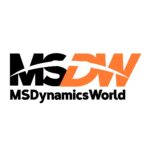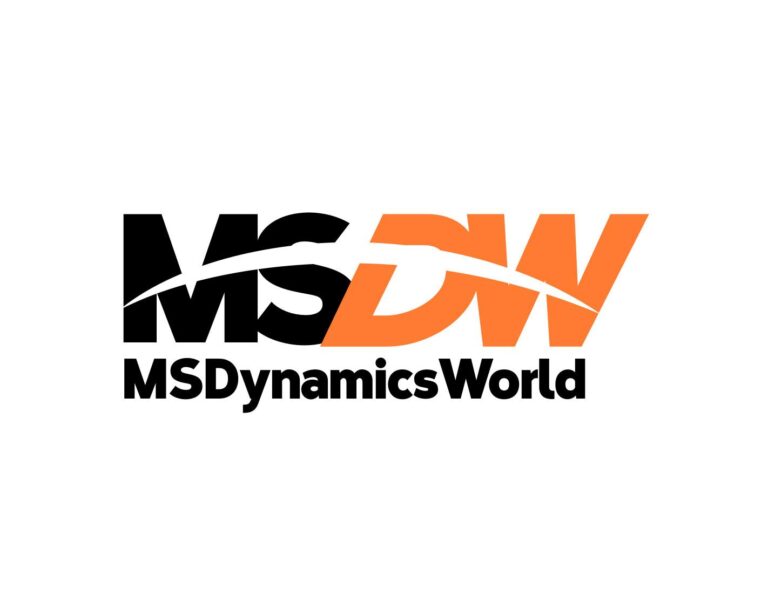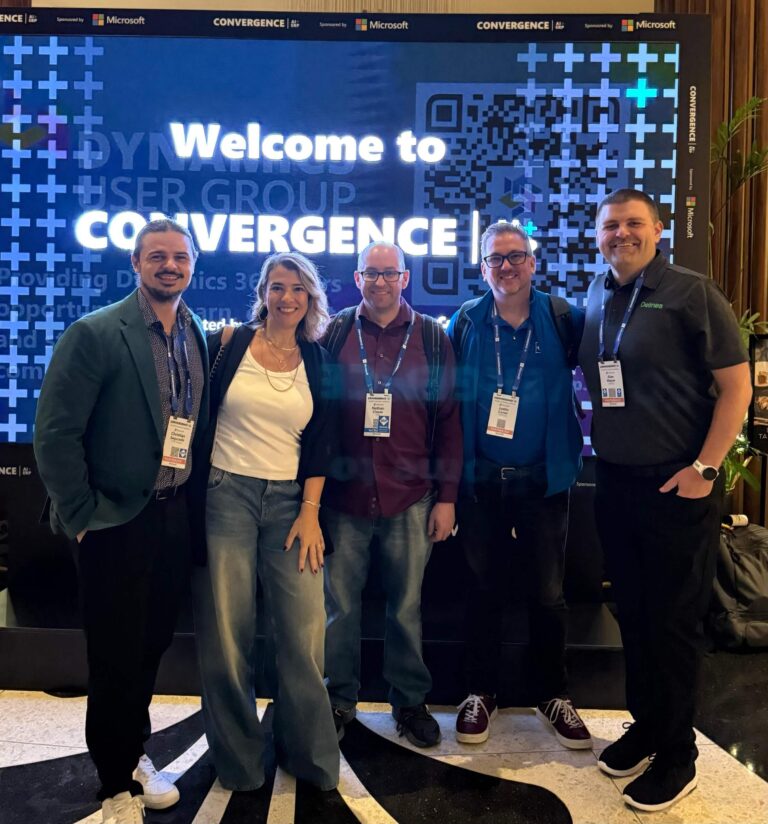In today’s travel businesses, managing customer relationships effectively is significant for success. Customer Relationship Management (CRM) software provides a powerful solution for businesses of all sizes. However, simply getting a CRM system isn’t enough. Successful implementation and user engagement are the keys to unlocking the true value of CRM.
CRM software can be a game-changer for travel businesses. To get the most out of it, two things matter a lot: implementation and user engagement. Think of it like buying a new tool – if you don’t put it together right and use it, it won’t do much good. By focusing on these two things, travel businesses can turn their CRM into a powerful tool to manage customer relationships and grow their business.
Planning for an implementation phase
A successful CRM implementation requires careful planning on two key points: setting clear goals and choosing the right system, along with preparing your existing data for the transition.
You need to follow the methodology of the four steps to achieve the desired outcome in the implementation stage.
1. Setting goals and choosing the right CRM
The first step is to define your travel business’s specific goals for using a CRM system. Perhaps your focus is on streamlining the sales process. It could also be to increase cooperation and data flow between marketing and sales. Or perhaps you want to improve customer service by keeping track of past booking details and preferences? Regardless of your priority, having clear goals helps you choose a CRM solution that offers features and functionalities directly relevant to your needs. Additionally, consider your budget when selecting a CRM – there are various options available, and choosing one that aligns with your financial resources comes first.
2. Data preparation and system configuration
Clean and accurate data is important for effective CRM usage. Take some time to review your existing customer data and ensure it’s free of errors and inconsistencies. This could involve tasks like removing duplicate entries or correcting outdated contact information.
3. Data migration and system configuration
Once your data is prepared, it’s time to transfer it to your new CRM system. This process, called data migration, ensures all your valuable customer information is securely moved to the new platform.
4. Configuring for user needs
Finally, configuring the CRM system involves designing it to match the specific workflows and user roles within your travel agency. Imagine different departments having their personalized dashboards and functionalities within the CRM – this ensures efficient use of the system by everyone on your team.
Strategies to boost user engagement
The successful implementation of a CRM system marks a significant milestone in your organization’s overall success. However, this achievement represents the initial phase of a continuous process. To fully use the potential of your CRM and ensure a lasting ROI, encouraging user engagement among your team is in the front row. The following strategies provide a framework for achieving this main objective:
A. User training and ongoing support
Comprehensive training programs are needed to ensure everyone feels comfortable using your travel agency’s CRM system. These programs should be designed for different user roles, focusing on the specific functionalities relevant to each team member’s responsibilities. For example, the sales team might receive in-depth training on generating quotes and managing customer interactions within the CRM, while the marketing team might focus on using the CRM for targeted email campaigns.
Additionally, ongoing support resources should be readily available to address any questions or concerns that may arise during daily use. This could include a dedicated help desk, online tutorials, or even knowledge-sharing forums where users can connect and learn from each other’s experiences.
B. Structuring CRM for daily tasks
A CRM system shouldn’t add extra burden to daily workflows. It should streamline existing processes and save valuable time. Integrating CRM functionalities with your existing business tools allows for a seamless flow of information, eliminating the need for manual data entry across multiple platforms.
Furthermore, automation within the CRM can take care of repetitive tasks such as sending follow-up emails or generating reports. This frees up valuable time for your team to focus on more strategic initiatives. Finally, a user-friendly interface and mobile accessibility are important for user engagement. A well-designed interface makes navigating the system automatic and straightforward, while mobile access allows users to access and update customer information from anywhere.
CRM Success Optimization
Following successful CRM implementation and boosting user engagement strategies, the next step is to optimize your system for maximum benefit. Here’s where we explore a series of tips for CRM Success Optimization:
A. Continuous Improvement and Adaptation:
Like any business tool, a CRM system should evolve alongside your company’s needs. Continuous improvement and adaptation are key to maximizing its effectiveness. This might include regular review of system usage and identify areas for improvement. Also reviewing if there are any unused functionalities and if perhaps new features have come up that could benefit your business. Regularly evaluating your CRM and implementing necessary adjustments ensures it remains a valuable tool to manage customer relationships.
B. The power of user feedback:
User feedback is a goldmine of information for optimizing your CRM system. Encourage your team to share their thoughts and suggestions. What aspects of the CRM do they find particularly helpful? Are there features that are cumbersome or confusing to use? By actively listening and analyzing user feedback, you can identify areas for improvement and prioritize system upgrades that directly address your team’s needs. This collaborative approach supports a sense of ownership among users and ensures the CRM remains a valuable tool for everyone within the organization.
Customer Relationship Management (CRM) software is a powerful tool, but like any tool, its effectiveness depends on how you use it. A well-planned implementation and a focus on user engagement are the cornerstones of a successful CRM strategy. By investing in these areas, you’ll build a bridge to deeper customer relationships and pave the way for long-term travel business success.






